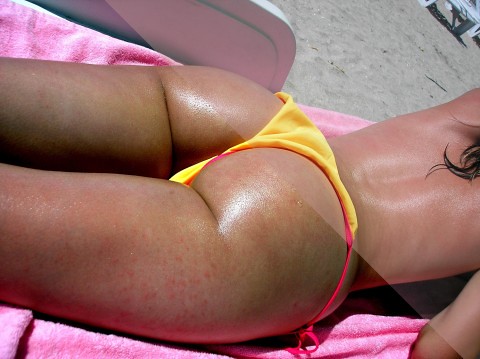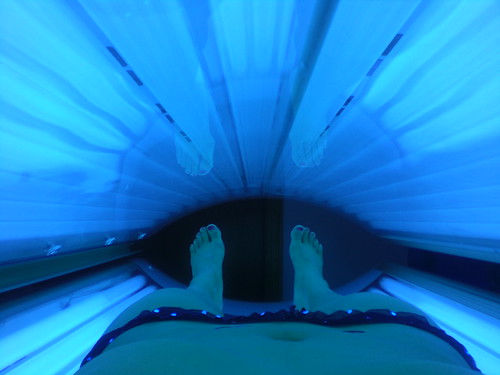One of the saddest realities that we, humans, face is the risk of illness. It gets even sadder when the illness we face is terminal or leading to death. There are various diseases that may be considered terminal, but among those that are very common today is skin cancer. In fact, among the different types of cancer, this one is said to be the most common. Although there are three forms of this disease - basal cell carcinoma, squamous cell carcinoma and melanoma - the fact that it is terminal should be enough to alarm us. As we know, there is still no definitive cure for the disease, that's why the best defense we have against it is prevention.
Fortunately, there are some things we can do to prevent skin cancer. One is by simply avoiding the sun when possible. If we must go under the sun, we should never forget to apply sunscreen on all exposed body parts. Some people apply sunscreen everywhere on their body except their face. Of course, the face should have all that sunscreen because it's probably the most exposed among all skin surfaces in one's body. Overexposure to the sun's rays is known to cause melanoma, but overexposure to ultraviolet radiation can cause basal cell carcinoma.

It is important for parents to know that their children could be the most at risk because of their young age. These kids tend to have very thin skin compared to that of adults and because of this, the sun's rays can more easily penetrate through their bodies. Skin cancer is known to start in childhood, so it is important that parents always get their kids in the habit of using sunscreens.
Another thing we can do is boost our immune system by consuming foods that are known to have this effect. For example, citrus fruits are great for this purpose because of their high ascorbic acid or Vitamin C content. When we have a weak immune system, we have a greater chance of developing cancer. That's why we need to strengthen our immunity to decrease the odds of getting the disease.
Sometimes, however, cancer may just be in our genes, but it doesn't mean we should just accept this without a fight. Even if a lot of our relatives were affected by this disease, we should, instead, make it a motivation for us to work harder at reducing our own risks by living a healthy lifestyle. This means making the right food choices and regularly exercising. For people who are genetically predisposed to cancer, eating foods high in antioxidants is a must. Antioxidants are substances that prevent cellular mutation which characterizes all types of cancers.








 ·
·

